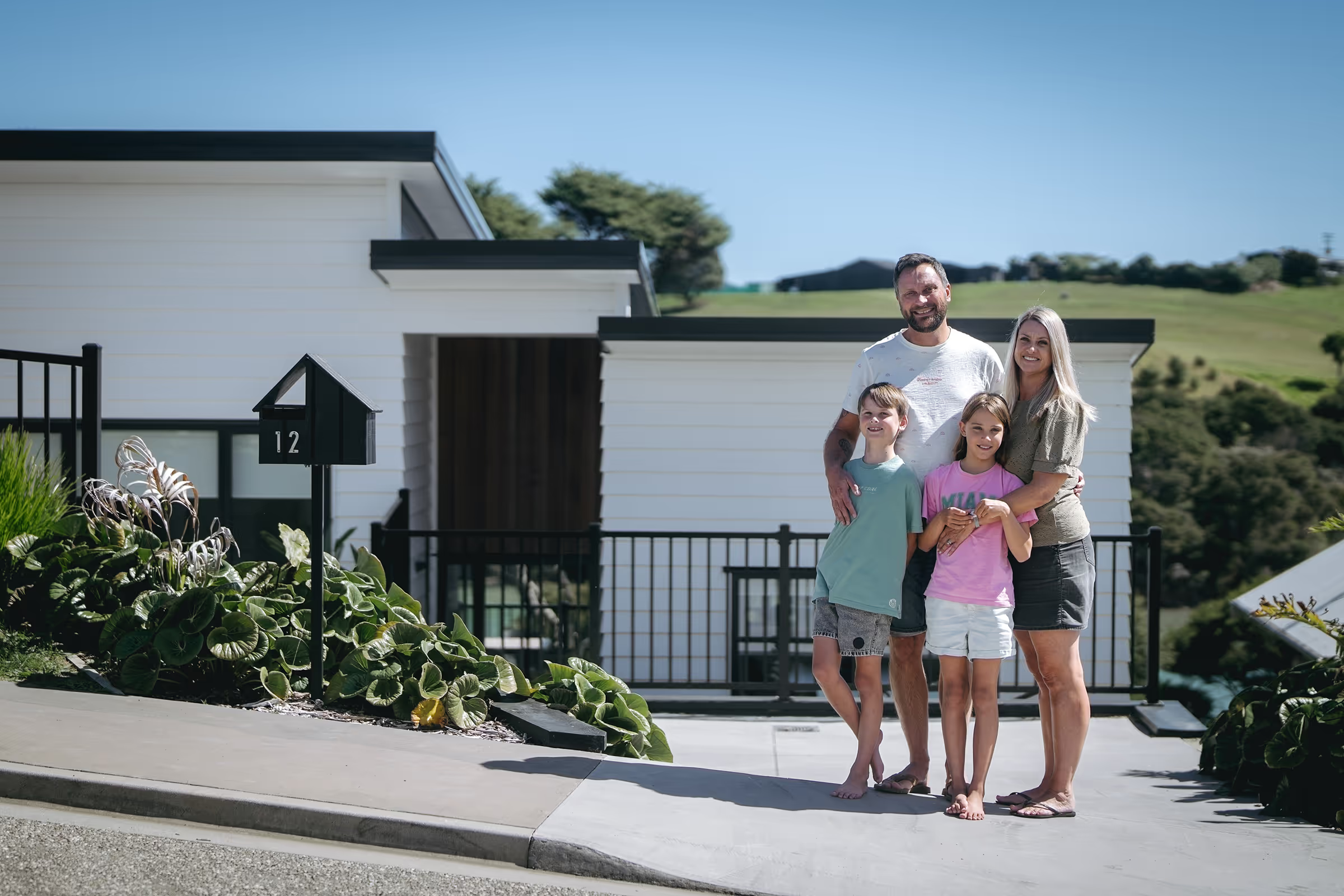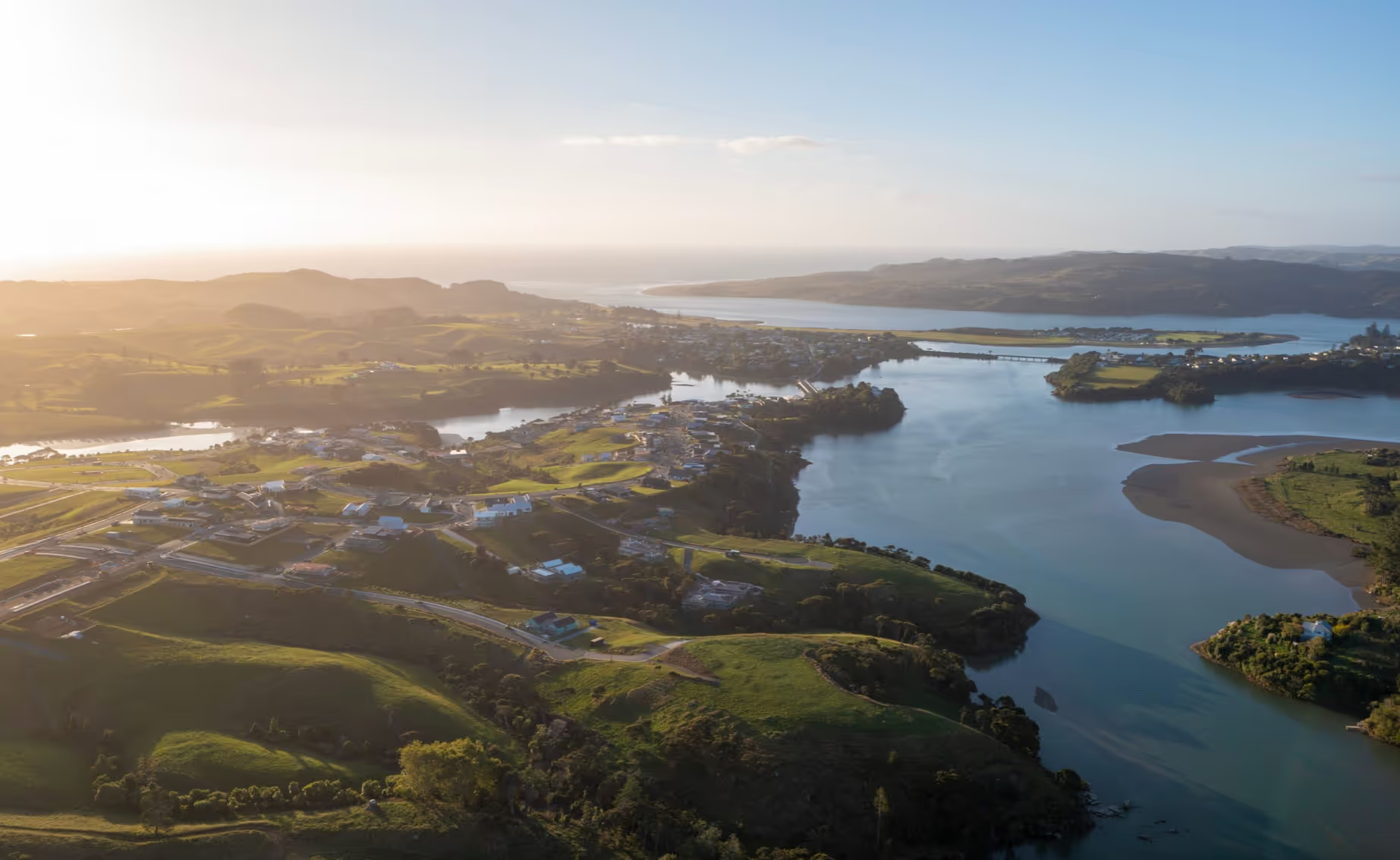Step-by-step guide to living more sustainably
There is no more important time than now to start actively reducing our carbon footprint and looking out for our planet, as like the school kids have been telling us, there is no planet B!
We consider ourselves lucky in Raglan, with services and initiatives like Xtreme Zero waste and Plastic bag free Raglan that are turning Raglan’s waste into resources and moving forward towards zero waste, which is giving us better opportunities to live more sustainably. And what we've come to realise too is that wasteful living is not only harmful for our beautiful environment, but it is harmful for our own personal well-being and livelihood too.
We are constantly bombarded with advertising to buy products and services that we rarely actually need. How many of us feel the pressure to update our Smartphone as the latest models come out? How many of us buy prepackaged, pre-cut and sorted veges rather than spending time preparing a meal with family or friends?
The seemingly endless cycle of consumerism has led to us forgetting many of the important things in life. We generally work very hard, and spend less than an ideal amount of time with family and friends, sacrificing doing the things we love.
So, with the help from The Ministry for the Environment, here is a step-by-step guide to living more sustainably, and hopefully by helping the planet, you're helping you too. This step-by-step guide can also be a great kickstarter to building your dream home & lifestyle on Rangitahi.
Waste
Up to two-thirds of household rubbish can be reduced, reused or recycled. But most of us are very aware of the Reduce, Reuse & Recycle concept, so here's 3 more R's to help you move closer to waste-free living.
- Refuse what you don’t need.
- Reduce what you do need - buy in bulk, concentrates & refills.
- Reuse anything that you can. Invest in reusables - coffee cups, drink bottles, lunch boxes, shopping bags. This is the most simplest and effective way of reducing your waste!
- Recycle what you cannot refuse, reduce, or reuse. Each month, New Zealanders dispose of enough rubbish to fill a rugby field 30 stories high. A lot of which can be recycled instead of going to landfill.
- Rehome what you no longer need or want. Give it away to charity or sell it on TradeMe.
- Rot (i.e. compost) the rest. 45% of the average rubbish bag could be composted. Take the time to learn about composting (it's easy!), as a great way to reuse your food waste is to compost or use a worm farm; both of which are great for the garden! Composting actually reverses the effects of climate change by improving the soil's ability to stabilise carbon and increases plant growth, thereby pulling more carbon dioxide out of the atmosphere.
- And don't forget to shop local! Supermarket chains are invariably owned by big businesses – often on overseas shores – which carry enormous carbon footprints because of the logistics associated with transportation and refrigeration, which also means they have a lot more packaged food. Shopping local can help stimulate your local economy just be sure to remember your containers and reusable bags! Raglan has some great local produce available at Herbal Dispensary in town.
Water
We all enjoy and rely on easy access to clean water. However, sometimes we can take our water for granted.
- Fix water leaks. A leaky tap or toilet cistern that drips every second can waste up to 10 000 litres of water per year.
- Use dishwashers and washing machines on full loads, or on eco-mode. A full load uses less energy and water per kilogram than a partial one.
- Use water wisely in your home. Turn off the tap when brushing your teeth and wash dishes or shave with a plug in and a small amount of water. Have shorter showers and keep track of your shower times.
- Save water in the garden. Make your garden more water efficient by putting in plants that are more suitable for local conditions, like natives. Use mulch to retain moisture and less watering will be needed. Capture rainwater in a barrel for use in the garden & for washing cars, this can reduce your demand for town supply water by up to 20%.
- Choose water efficient products, such as dishwashers, washing machines, shower heads, toilets and taps to save water in your home. Look out for water efficiency labels on products. A low-flow shower head can reduce water flow by nearly half while still producing the same pressure.
Energy
There are many things you can do to reduce your carbon footprint in your home and use less energy. Some are free, some require up-front investment but most will help you save money in the long run and help you do your bit for the environment.
- Turn it off. Switching off lights when leaving the room is one of the easiest ways to save energy. Turn appliances off at the wall, even when on standby, appliances use a surprising amount of energy. You can also save up to $75 a year by doing this.
- Use hot water wisely. 30% of the average home's power bill goes towards heating water, so it's important to ensure it's efficient. Check the insulation around your hot water cylinder - if it’s warm to touch, it’s losing heat. Your hot water should be 50ºC at the tap and 55ºC at the cylinder. If it’s hotter than this you may need an electrician to adjust it. Also check the pipes around the cylinder for leaks. Consider installing a solar water heating system or a heat pump water heater.
- Monitor your power use. Find out where your household uses the most power and invest in a power monitor or get an energy audit for your home.
- Choose energy efficient products. Save power by using energy efficient products, such as eco bulbs. These use only one-fifth the power of a regular light bulb for the same light output, and they last longer. Look out for appliances with the Energy Star label — any appliance with this label is the best in its class.
- Draught-proof you're home. Make your home easier to heat and keep the heat in by using well-lined curtains, draught stoppers for your doors and windows, and insulation.
- Go Solar. The sun provides more energy than we'll ever need.
Building
Whether you are building or renovating, buying or renting, there are many things you can do to make your home more sustainable & environmentally friendly.
- Insulation. A well insulated home is easier to heat and can save hundreds of dollars per year on power.
- Design for the sun. Treat the sun as free heat for your home when drawing up building or renovating designs. Use materials that retain heat naturally and save money on heating.
- Reuse and recycle materials. Reuse and recycle your building materials to prevent construction waste from going to landfill. It's estimated that up to half of the waste that goes into New Zealand landfills comes from construction and demolition.
- Use durable, non-toxic, efficient materials. The best building and renovating materials are durable, non-toxic, sourced sustainably, recyclable, and energy and water efficient. Look for the Environmental Choice tick and the Energy Star label.
- Build for the future. When designing and building a new home think about its life cycle and whether it will meet your future needs. There may be higher up-front costs to build for the future, but it will pay off in the long run.
Head to sustainability.govt.nz for more info. It's the little steps that count.
If you're thinking about making the move to Raglan, and would like to join our new sustainable community, then come and explore what Rangitahi can offer here, and book a site visit with us!

.svg)





































































































.svg)